An estimate of how well your kidneys filter waste, using a routine blood creatinine test.
Securely stored in EU
Cancel anytime
Test 100+ biomarkers
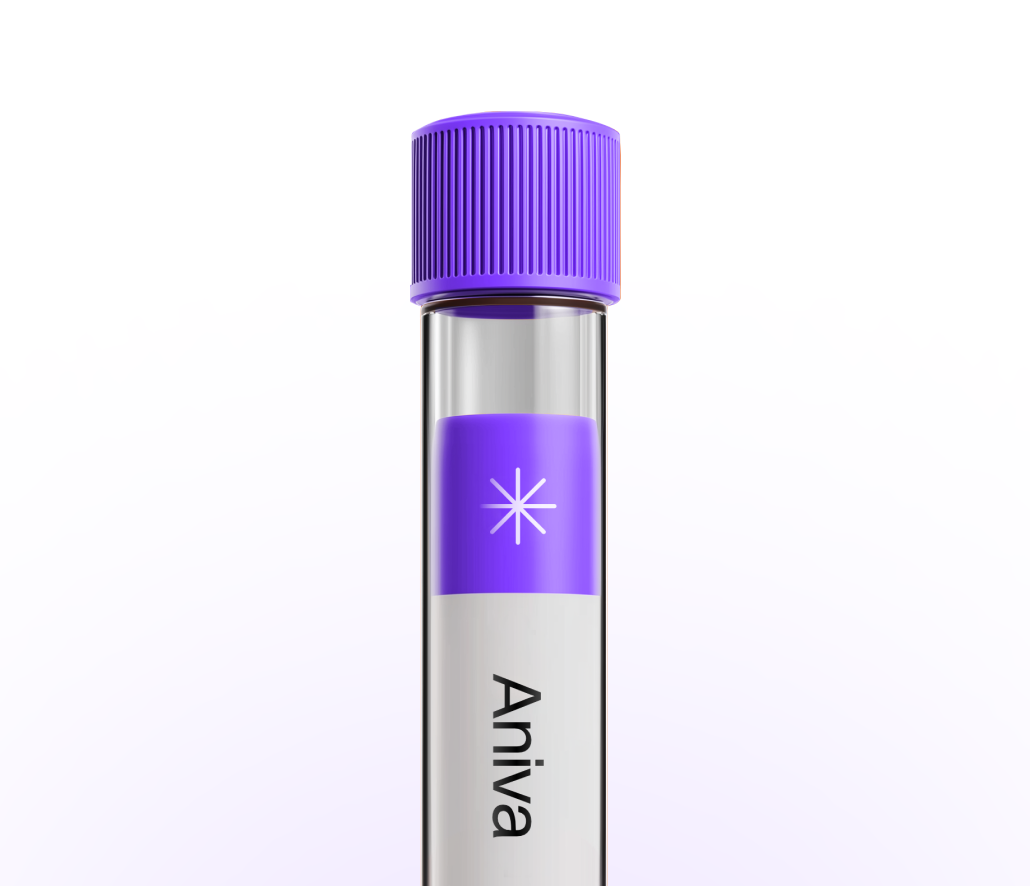
Less than 5 minutes waiting time. One
simple test at one of our 20+ locations.
Get your lab reports within one week.
Accessible on our app and per PDF.
All your health records stored
in a single, convenient place.

Clinicians order eGFR to screen for kidney problems, guide safe medication dosing, and monitor changes over time. It’s especially helpful if you have diabetes, high blood pressure, heart disease, or a family history of kidney issues. If results are borderline or change, follow-up can include repeat testing, urine albumin, or imaging. You can test this marker with Aniva across Germany and Finland.
Clinicians order eGFR to screen for kidney problems, guide safe medication dosing, and monitor changes over time. It’s especially helpful if you have diabetes, high blood pressure, heart disease, or a family history of kidney issues. If results are borderline or change, follow-up can include repeat testing, urine albumin, or imaging. You can test this marker with Aniva across Germany and Finland.
High: Often normal kidney function or increased flow, as seen in pregnancy or early diabetes. Stay hydrated and track trends.
Low: Suggests reduced filtering. It may be temporary from dehydration, illness, or medicines, or persistent and worth rechecking with urine albumin. Share a full medication and supplement list, including NSAIDs and creatine. Trends over time matter more than one value.
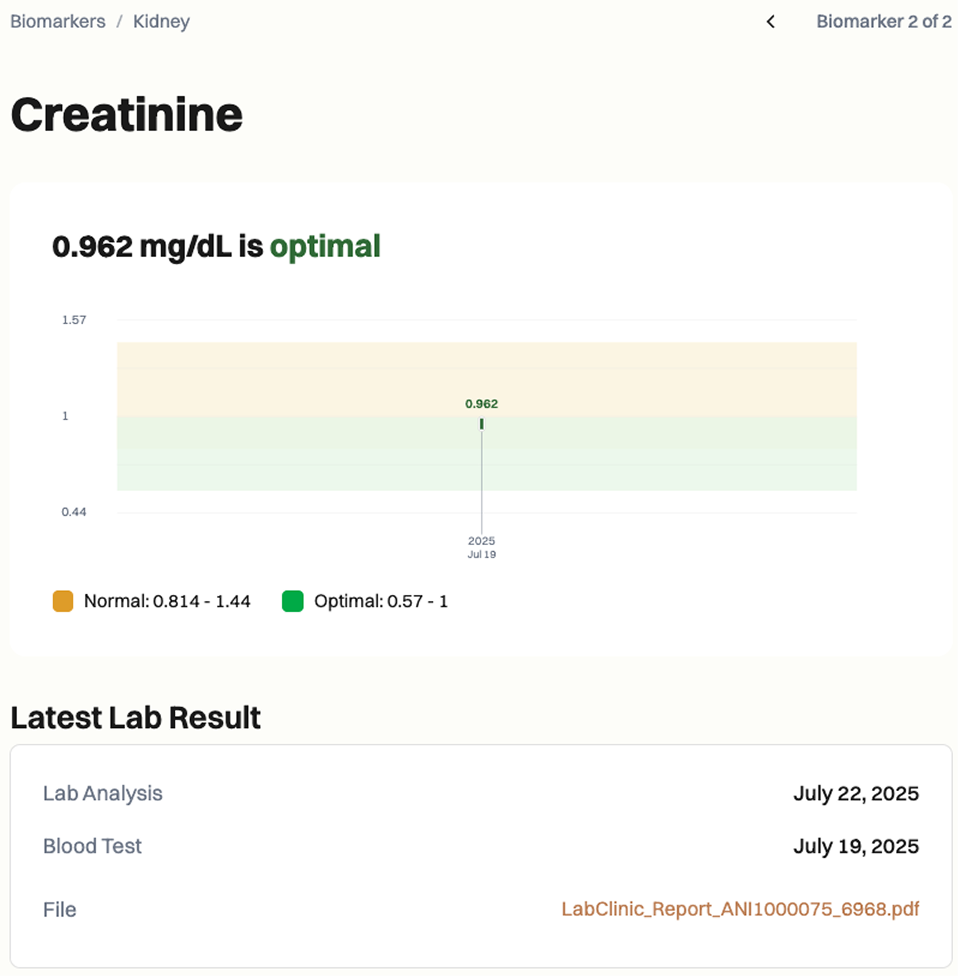
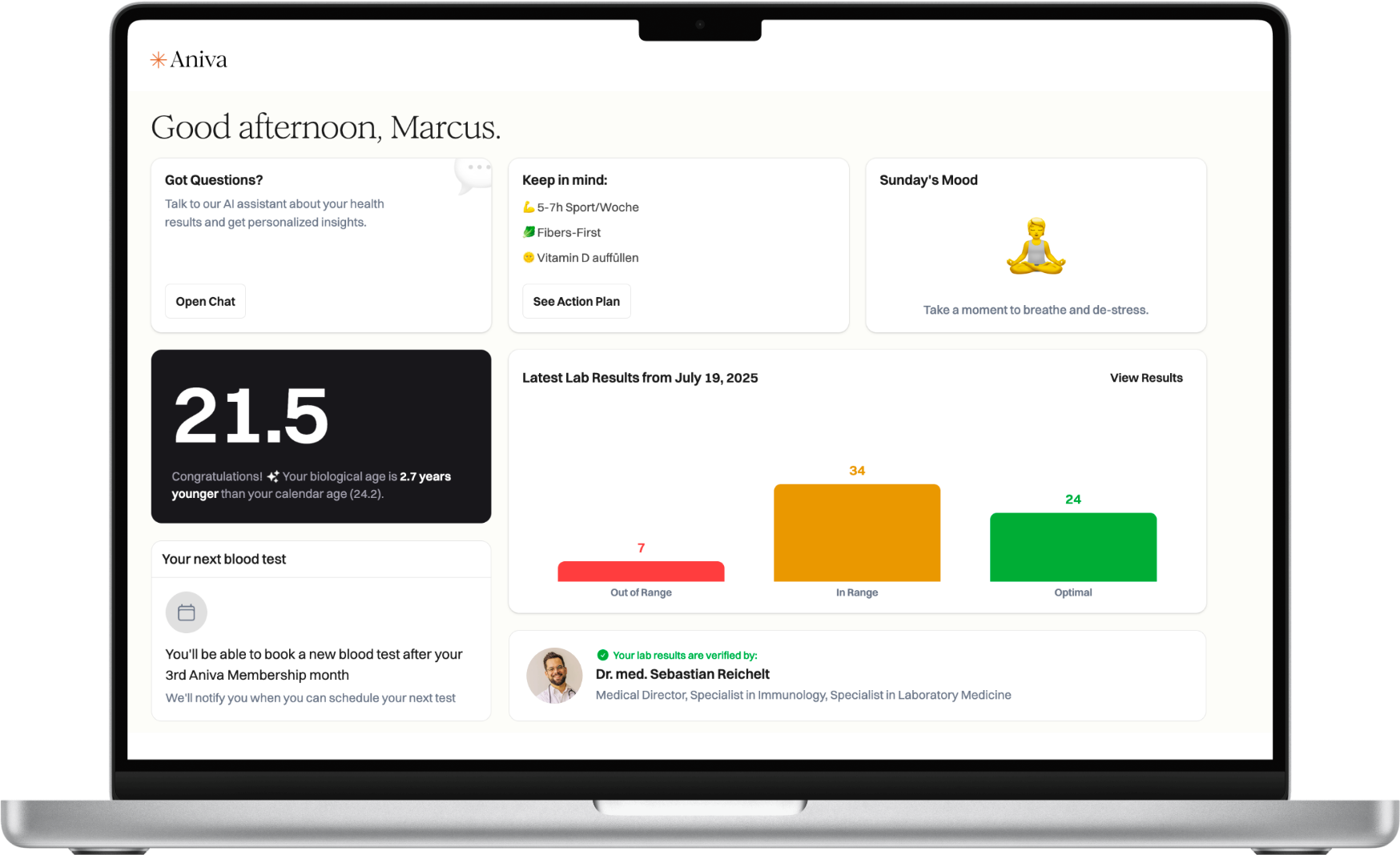
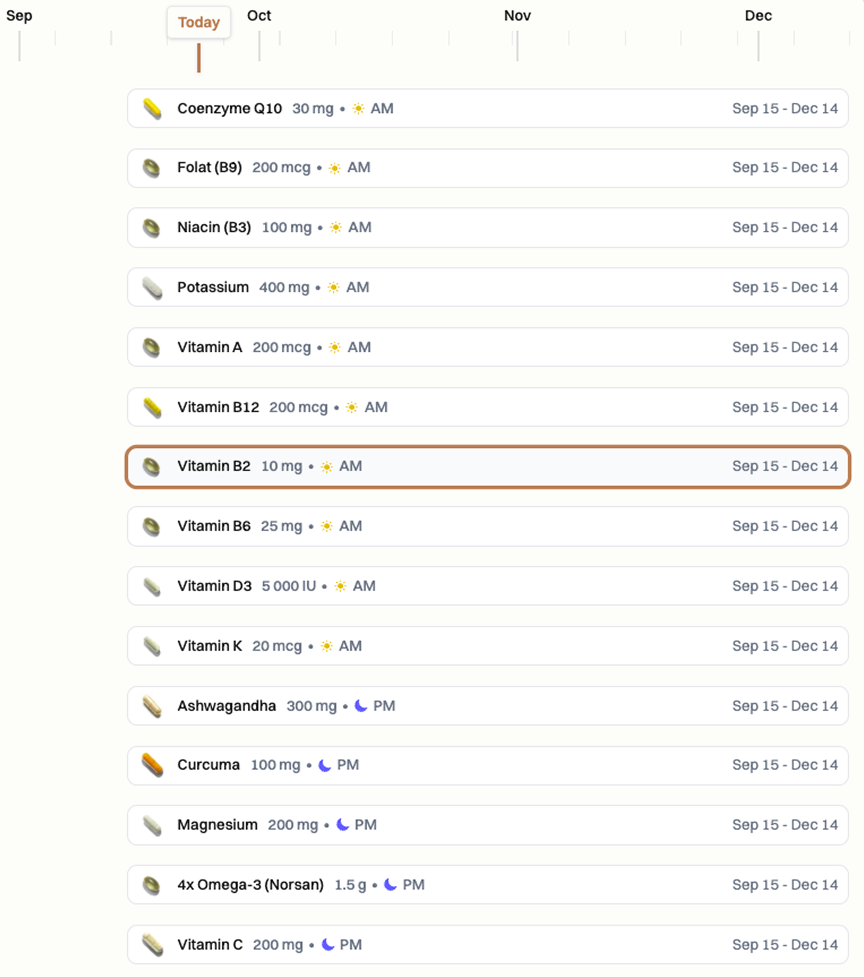
Common factors can change eGFR without a true shift in kidney function. Dehydration, recent hard exercise, or a large cooked meat meal can raise creatinine and temporarily lower eGFR. Creatine supplements and high-protein diets may have similar effects. Some medicines (for example, trimethoprim or cimetidine) can raise creatinine; NSAIDs and certain blood pressure drugs can affect kidney blood flow. Pregnancy, acute illness, and timing of the sample also matter. Very low or very high muscle mass can make creatinine-based eGFR less accurate.
Special situations (when to confirm or adjust): if results are unexpected, dosing critical medicines, during pregnancy, or with unusual muscle mass, confirm with repeat testing, cystatin C, or measured GFR.
What does my eGFR mean? Higher usually means kidneys filter well; lower suggests reduced filtering. Your clinician will check trends and related tests.
Do I need to fast for this test? No. Eat normally, but come well hydrated.
What can affect my result? Dehydration, hard exercise, a large cooked meat meal, creatine supplements, and some medicines can change readings.
How often should I test eGFR? At least yearly if you have risk factors. Your clinician may test more often to track changes.
How quickly will I get results? Most labs report within 1–3 business days.
What should I discuss with my clinician? Share all medicines and supplements, recent illness, pregnancy, and hydration. Ask about next steps like urine albumin or cystatin C.

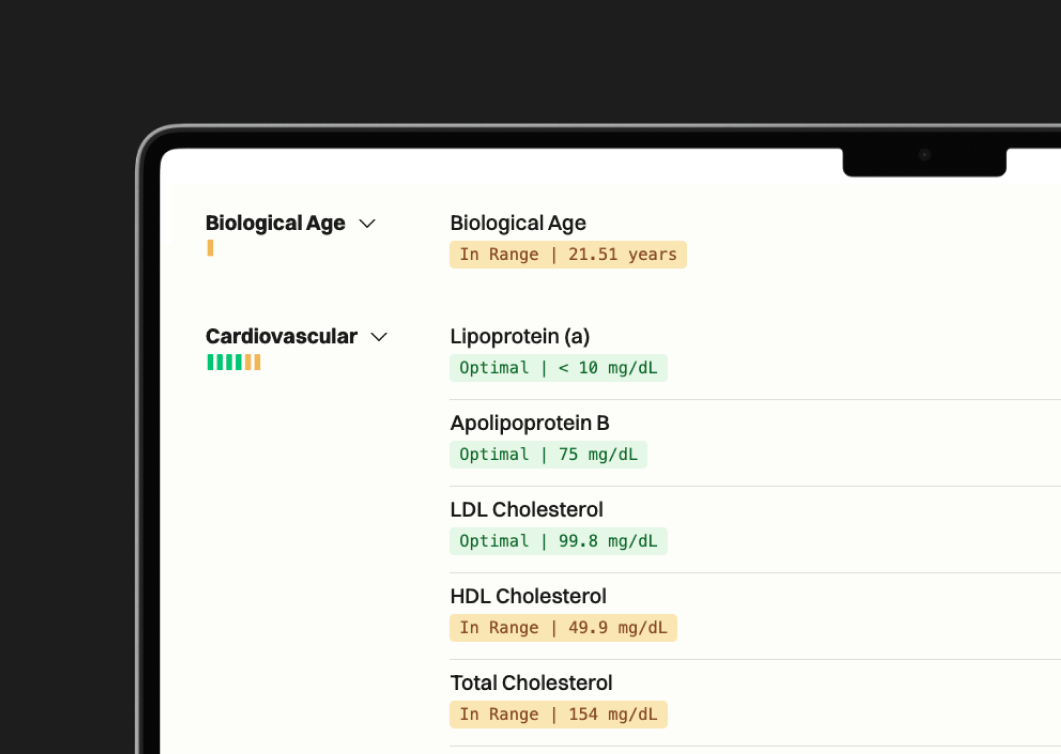
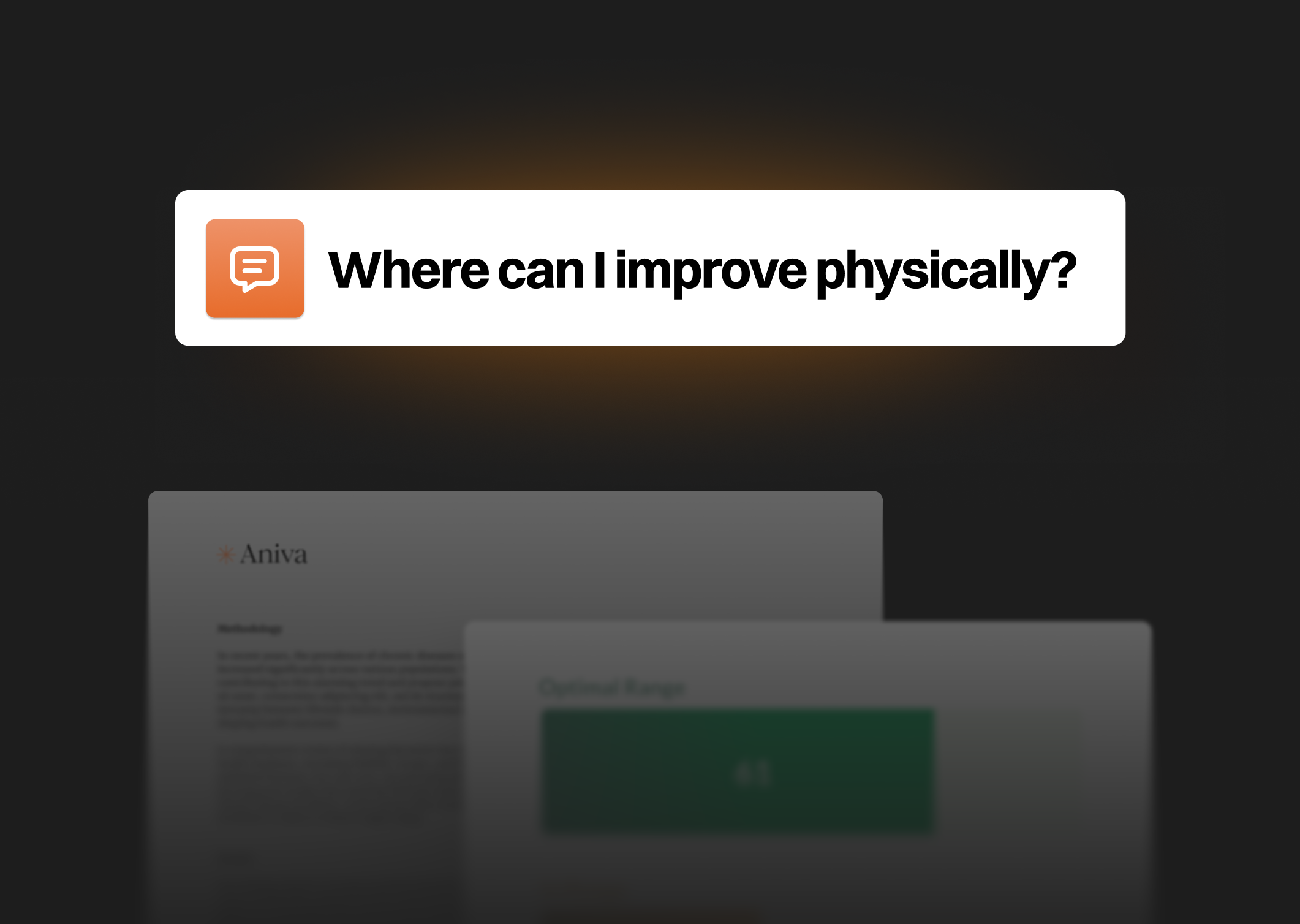
One annual blood test (100+ biomarkers)
Clinician-reviewed insights
Personalized action plan
Access to our AI Concierge
Access to curated products


63%
44%
70%